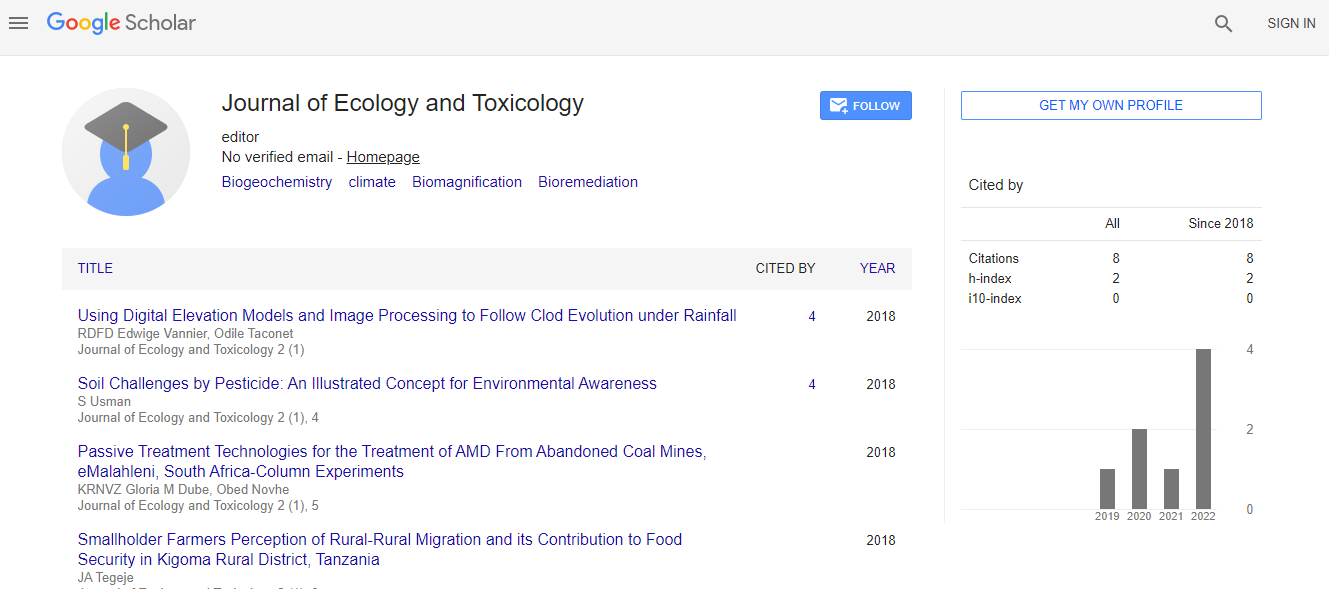Enhancing air pollution mitigation by urban green infrastructure
*Corresponding Author:
Copyright: © 2021 . This is an open-access article distributed under the terms of the Creative Commons Attribution License, which permits unrestricted use, distribution, and reproduction in any medium, provided the original author and source are credited.
Abstract
Appropriate green infrastructure (GI) is one of several promising passive control systems for air pollution (Abhijith et al., 2017). However, there is a lack of clear guidance regarding the optimal configuration and plant composition of GI for improved air quality under divergent physical and environmental contexts and considering different spatial scales (Kumar et al., 2019). This PhD project aims to address this gap. A comprehensive literature review was conducted, outcomes of which included a trait-based matrix of 61 potentially advantageous tree species and a supplementary plant selection system (Barwise and Kumar, 2020). These outcomes supported the development of a GI design framework, which was computerised as a user-friendly tool (HedgeDATE; Hedge Design for the Abatement of Traffic Emissions) that uses input data (e.g. distance from road) to generate output recommendations (e.g. plant species). A public workshop generated user feedback on the utility, functionality, and interface of HedgeDATE (Barwise et al., 2020). Concurrently, an extensive field campaign was undertaken to validate assumptions in the model concerning barrier efficacy and clarify the impact of foliage longevity, leaf phenology, and barrier porosity across seasons. The final, ongoing step is to investigate the impacts of individual plant species on ambient particulate concentrations in open road environments. This important study involves fieldwork and materials analysis to elucidate the relative influence of different leaf traits on ultrafine particle deposition. Finally, the GI design framework will be revised in accordance with findings from both studies, and HedgeDATE will be updated to reflect end-user feedback collected during the intervening year. This project thereby intends to create a novel, robust, and pragmatic decision-support tool for GI professionals, for the benefit of improved urban air quality and reduced human exposure to air pollution.

 Spanish
Spanish  Chinese
Chinese  Russian
Russian  German
German  French
French  Japanese
Japanese  Portuguese
Portuguese  Hindi
Hindi 